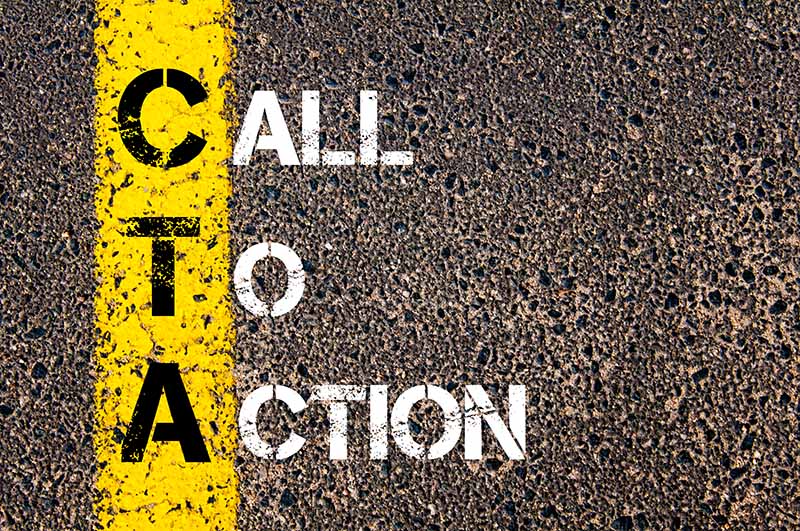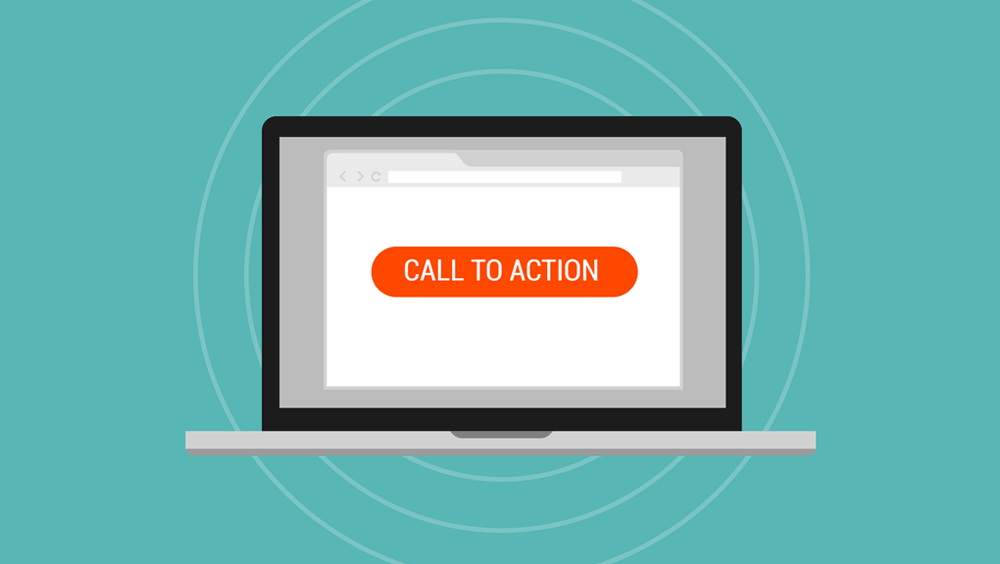July 26, 2018
What is a CTA? A CTA is short for Call to Action. It is a term that is used in advertising and marketing and the goal is to get a response out of a customer. It can be an image, a line of text or a button that encourages a visitor to you website to “take action”. The best examples of a CTA are “click here” or “call now”. The best call to action triggers should captivate the visitor. The information presented about CTAs are complied through resources within the SEO community such as Hubspot and Moz and reiterated below. CTAs for Lead Generation If you are a business, then Without a doubt your call to action should be used […]


